67+ Sample Recruitment Plan Templates
-
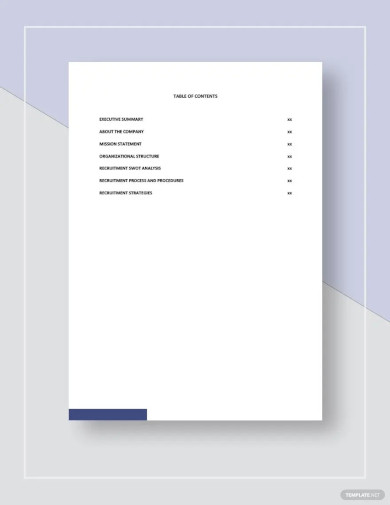
Recruitment Plan Template
download now -
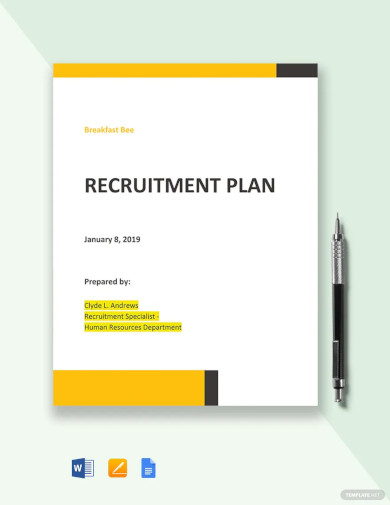
Small Business Recruitment Plan Template
download now -

Volunteer Recruitment Plan Template
download now -
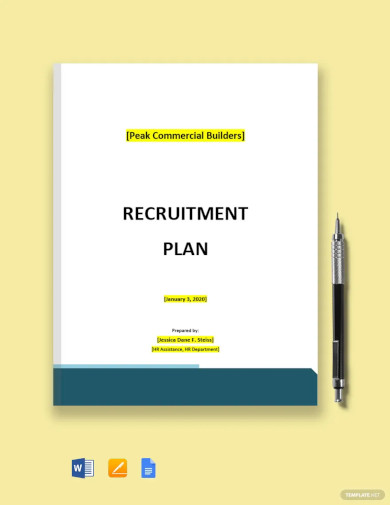
Board Recruitment Plan Template
download now -
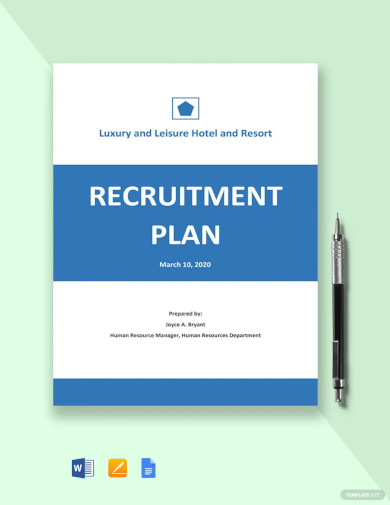
Annual Recruitment Plan Template
download now -
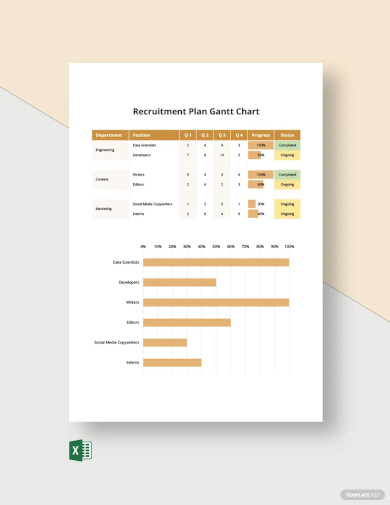
Recruitment Plan Gantt Chart Template
download now -
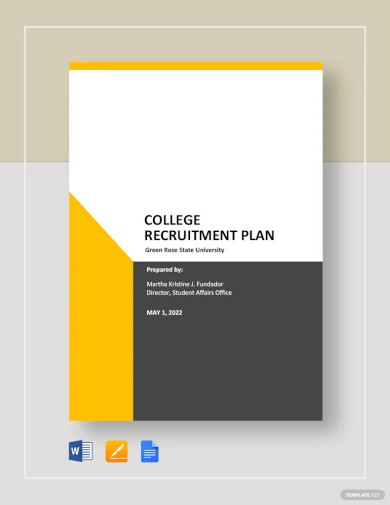
College Recruitment Plan Template
download now -

Marketing Recruitment Plan Template
download now -

Sample Recruitment Plan Template
download now -

Student Recruitment Plan Template
download now -
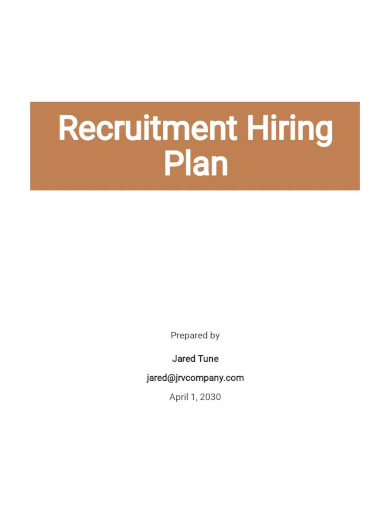
Recruitment Hiring Plan Template
download now -
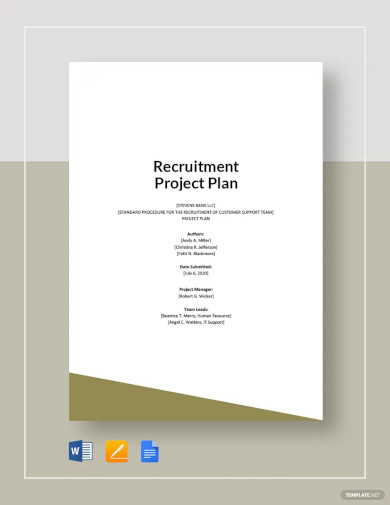
Recruitment Project Plan Template
download now -
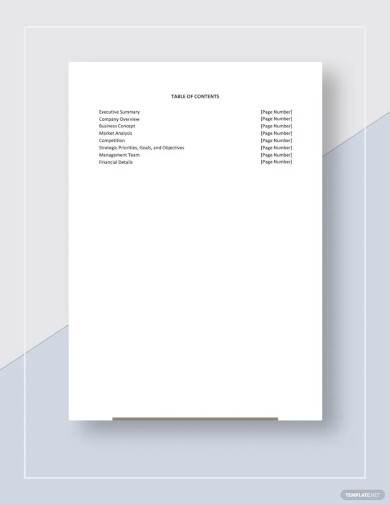
Recruitment Strategic Plan Template
download now -
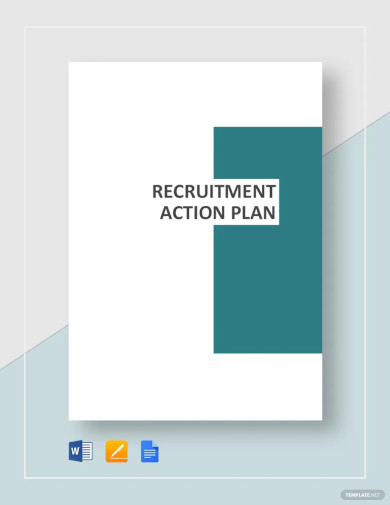
Recruitment Action Plan Template
download now -

Recruitment Process Improvement Plan Template
download now -
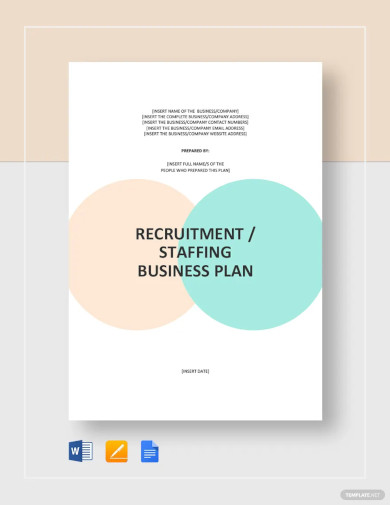
Recruitment/Staffing Agency Business Plan Template
download now -

Recruitment Plan Template
download now -
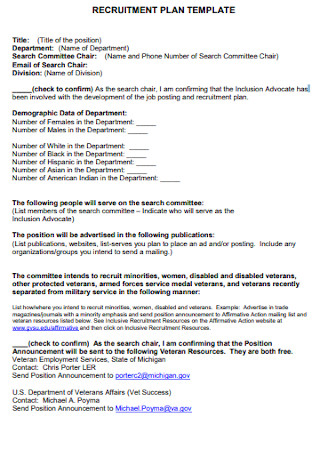
Sample Recruitment Plan Template
download now -
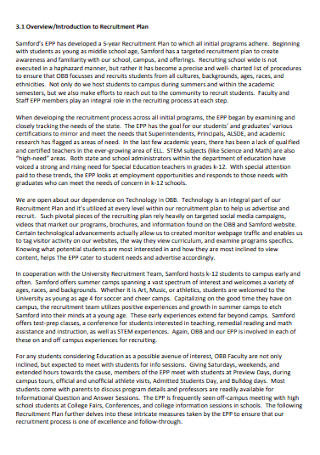
University Recruitment Plan
download now -
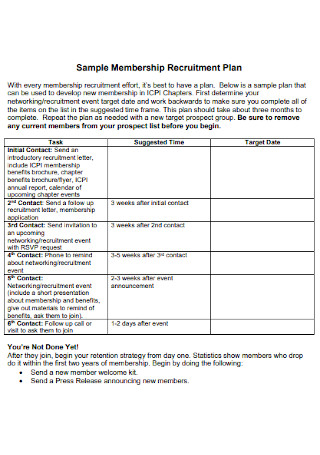
Sample Membership Recruitment Plan
download now -
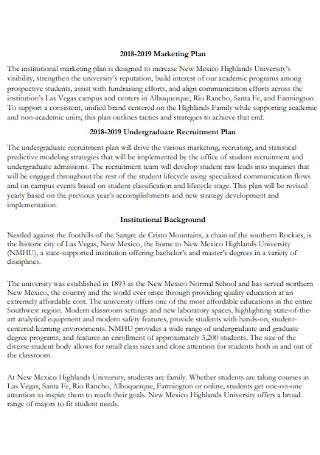
Undergraduate Recruitment Plan
download now -
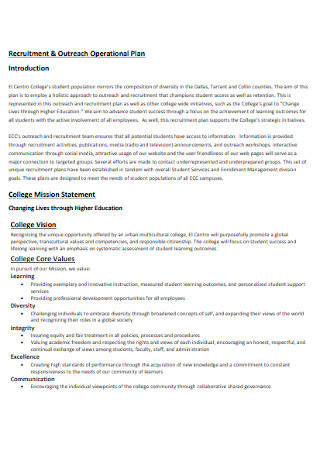
Recruitment and Outreach Operational Plan
download now -
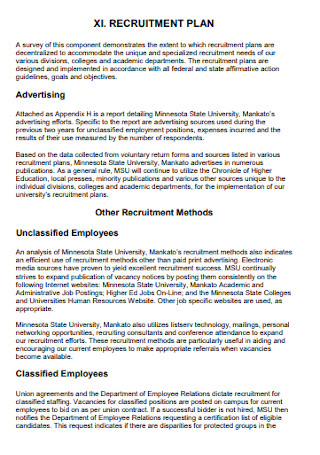
Basic Recruitment Plan Template
download now -

Staff Recruitment Plan
download now -
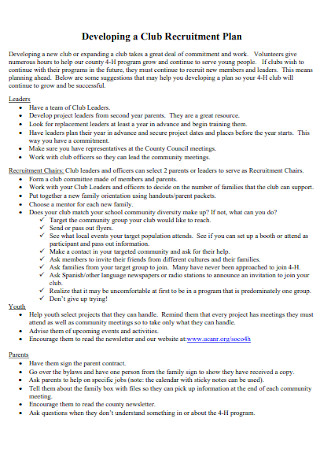
Club Recruitment Plan
download now -
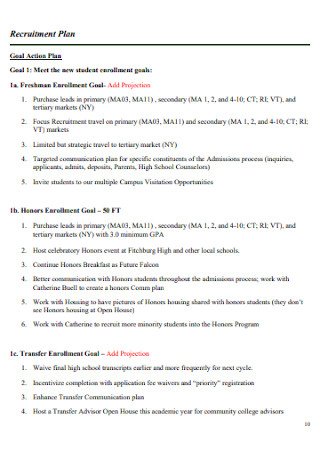
Office Recruitment Plan
download now -
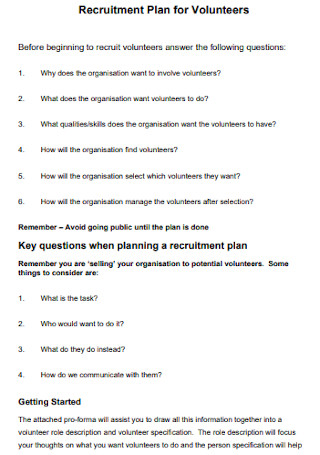
Recruitment Plan for Volunteers
download now -
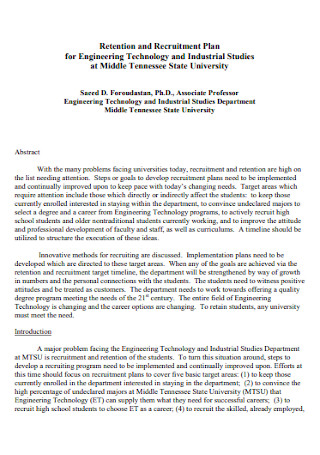
Recruitment Plan for Engineering Technology
download now -
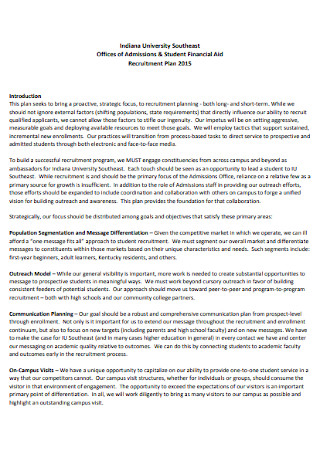
Student Financial Recruitment Plan
download now -
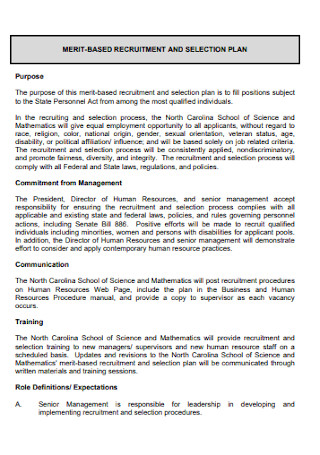
Recruitment Selection Plan
download now -

Annual Faculty Recruitment Plan
download now -
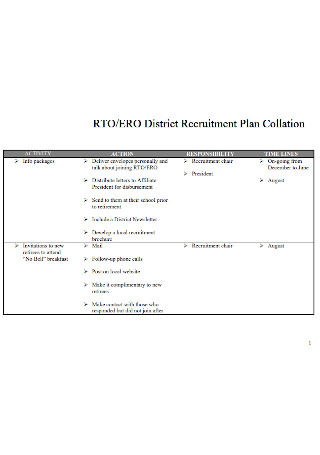
District Recruitment Plan
download now -
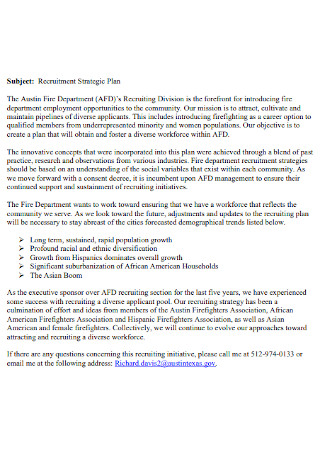
Recruitment Strategic Plan
download now -
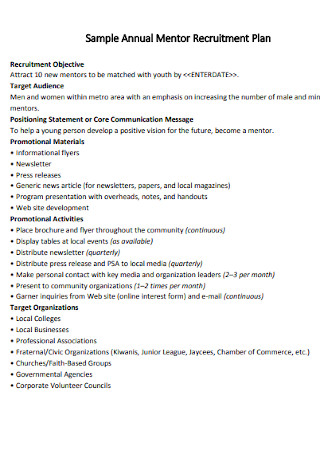
Sample Annual Mentor Recruitment Plan
download now -
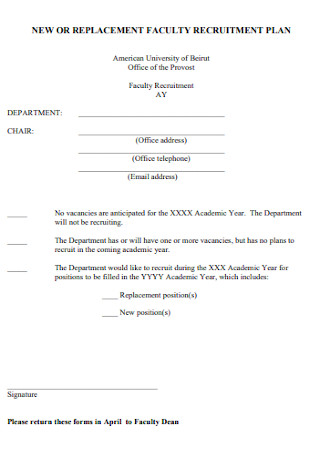
Faculty Recruitment Plan
download now -

Graduate Recruitment Plan
download now -

Standard Recruitment Plan Template
download now -
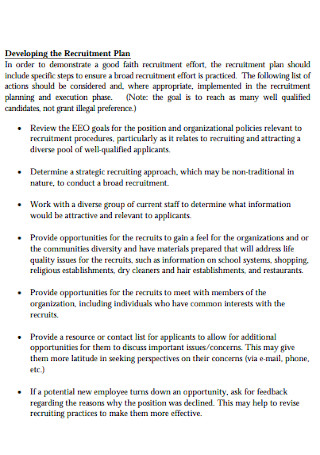
Recruitment Developing Plan
download now -

Public Safety Recruitment Plan
download now -
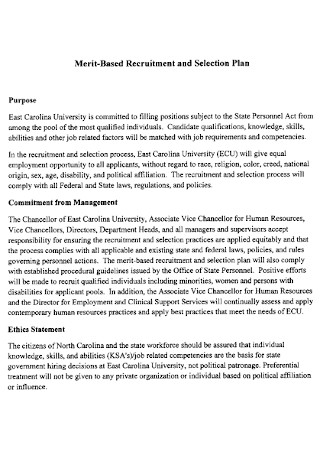
Merit-Based Recruitment and Selection Plan
download now -

Formal Recruitment Plan Template
download now -
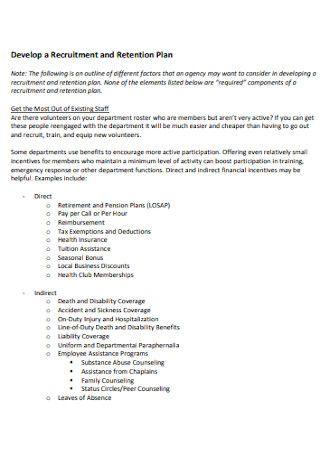
Recruitment and Retention Plan
download now -
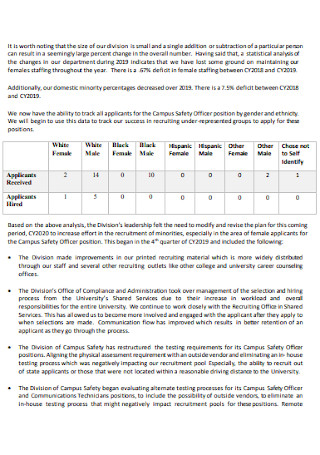
Campus Safety Recruitment Plan
download now -
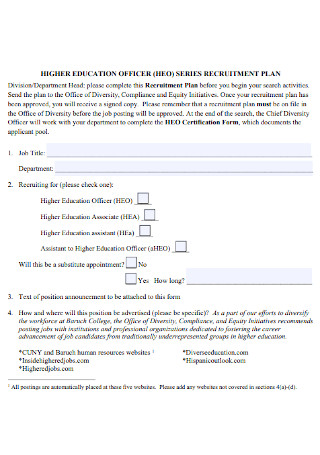
Education Officer Recruitment Plan
download now -
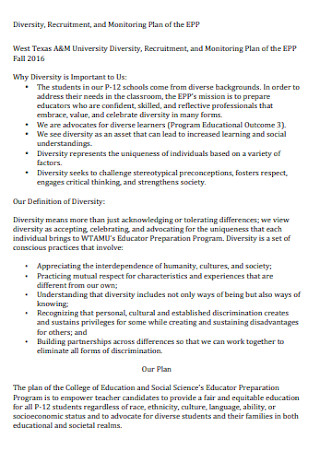
Recruitment and Monitoring Plan
download now -
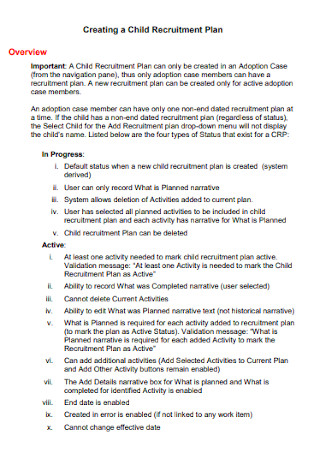
Child Recruitment Plan
download now -
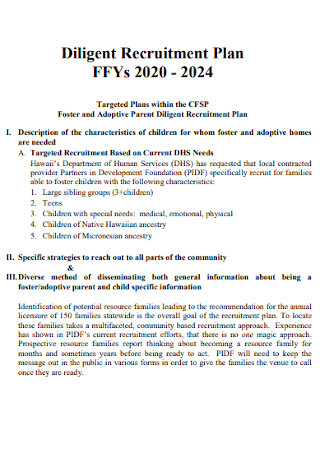
Diligent Recruitment Plan
download now -

College Recruitment Plan Template
download now -
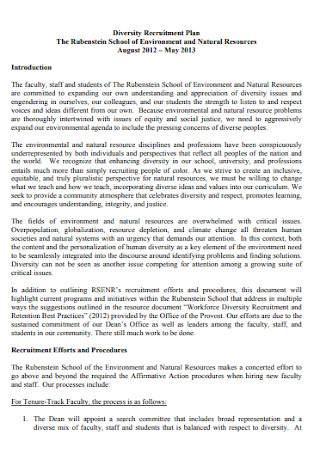
Diversity Recruitment Plan
download now -
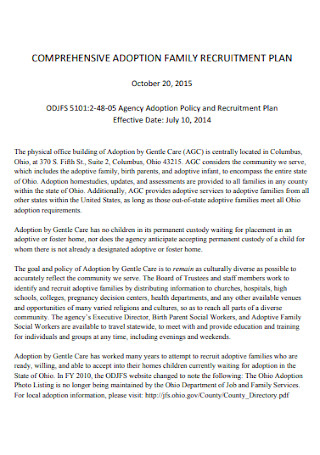
Adoption Family Recruitment Plan
download now -
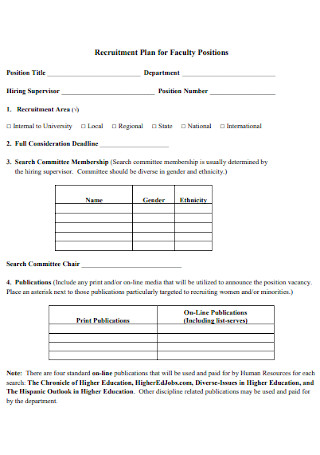
Recruitment Plan for Faculty Positions
download now -
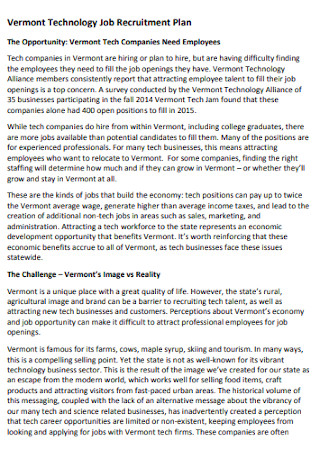
Job Recruitment Plan
download now -
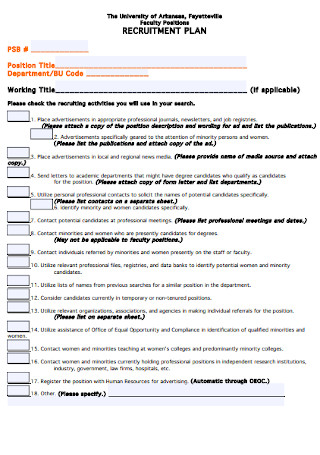
Sample Faculty Recruitment Plan
download now -
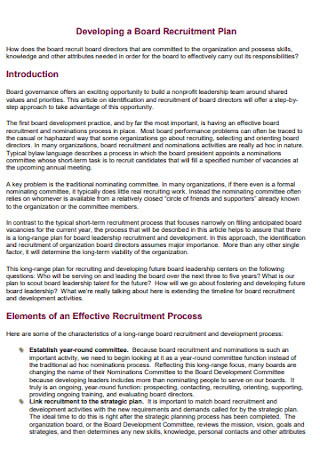
Board Recruitment Plan
download now -
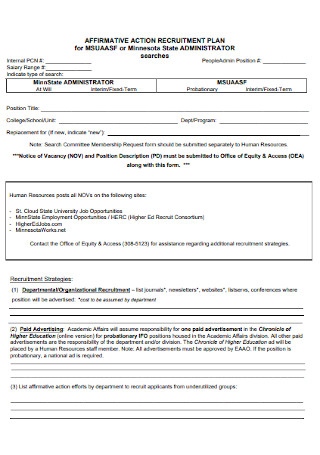
Affirmative Action Recruitment Plan
download now -
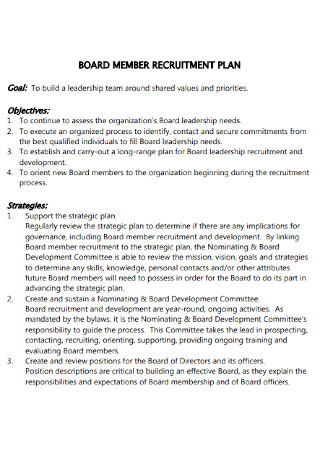
Board Member Recruitment Plan
download now -
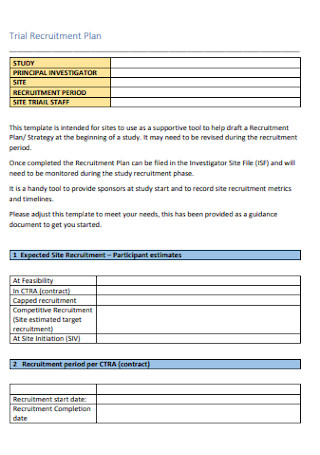
Trial Recruitment Plans
download now -
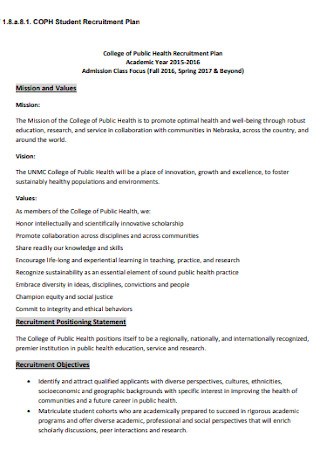
Student Recruitment Plan
download now -
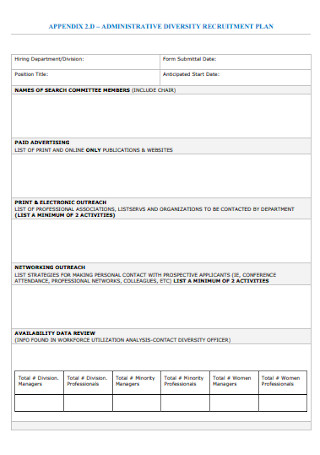
Administrative Diversity Recruitment Plan
download now -
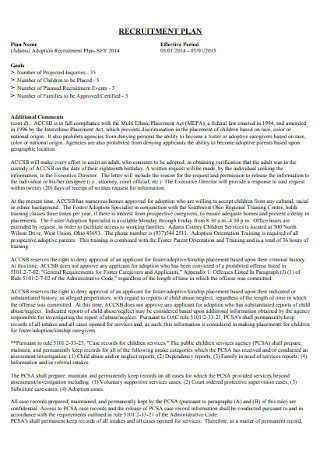
Recruitment Plan Format
download now -
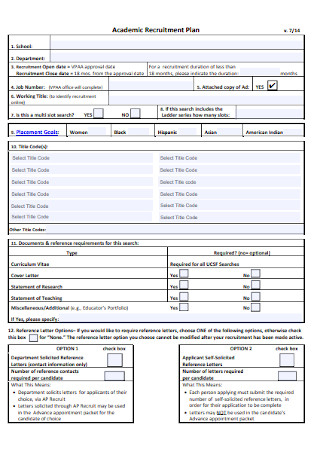
Academic Recruitment Plan
download now -
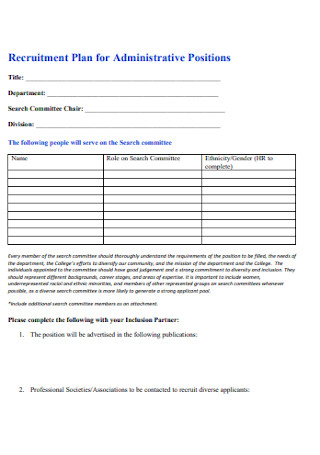
Recruitment Plan for Administrative Positions
download now -
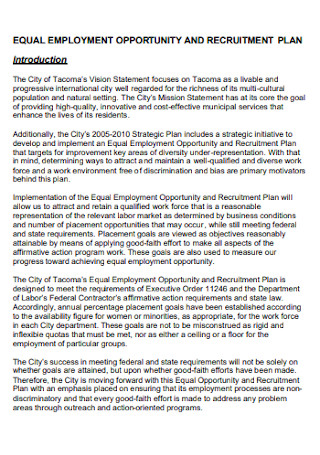
Employment Recruitment Plan
download now -
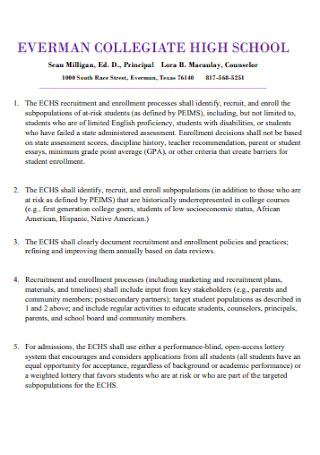
High School Recruitment Plan
download now -
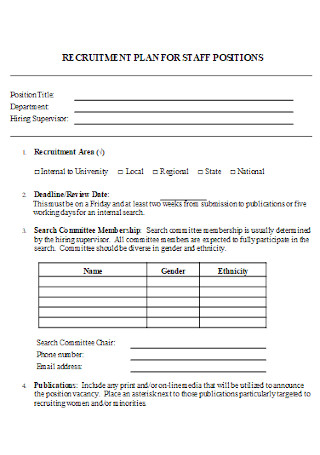
Recruitment Plan for Staff Position
download now -
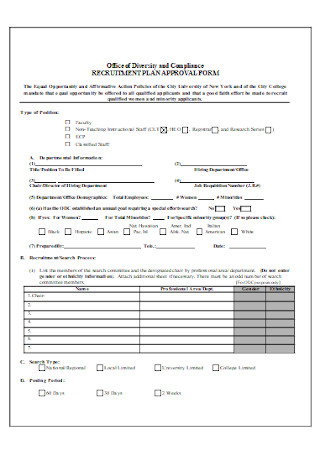
Recruitment Plan Approval Form
download now -
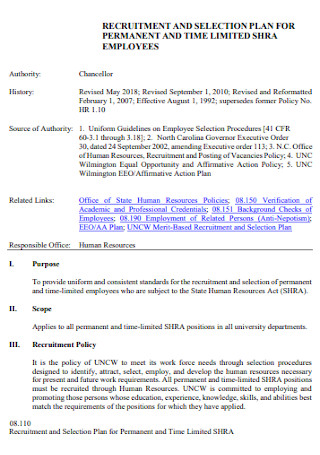
Permanent Recruitment Plan Template
download now -
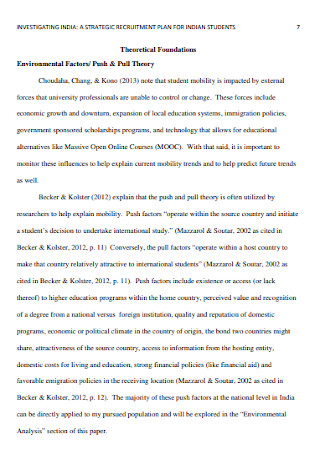
Strategic Recruitment Plan for Student
download now
FREE Recruitment Plan s to Download
67+ Sample Recruitment Plan Templates
What is the Purpose of a Recruitment Plan?
What are the Benefits of Using a Recruitment Plan?
How to Make a Recruitment Plan
FAQs
What are the two types of recruitment?
What do you mean by full-cycle recruiting?
What are the common activities in the recruitment process?
What are the five stages of the recruitment process?
What are the common HR recruiting techniques?
What is the Purpose of a Recruitment Plan?
It is no doubt that a business owner wants to bring their company on top of the market, especially in an industry where competition is rising. That is why it is vital to equip your business with a team of skilled professionals that you can count on to get the job done. One way to do that is to have an excellent and well-defined recruitment process. The importance of having an effective recruitment and selection process enables you to find great employees, and at the same time, saves you money in training employees further. Hence, a recruitment plan should be one of the business management priorities. A recruitment plan is an essential business document that stipulates an organization’s strategic plan to hire employees. With a recruitment plan, a company can streamline the recruitment process and ensure that they have access to the great talent they need for a position. However, a recruitment plan is not only about hiring the best employees, but it is also an avenue where you can align company goals and skill gaps.
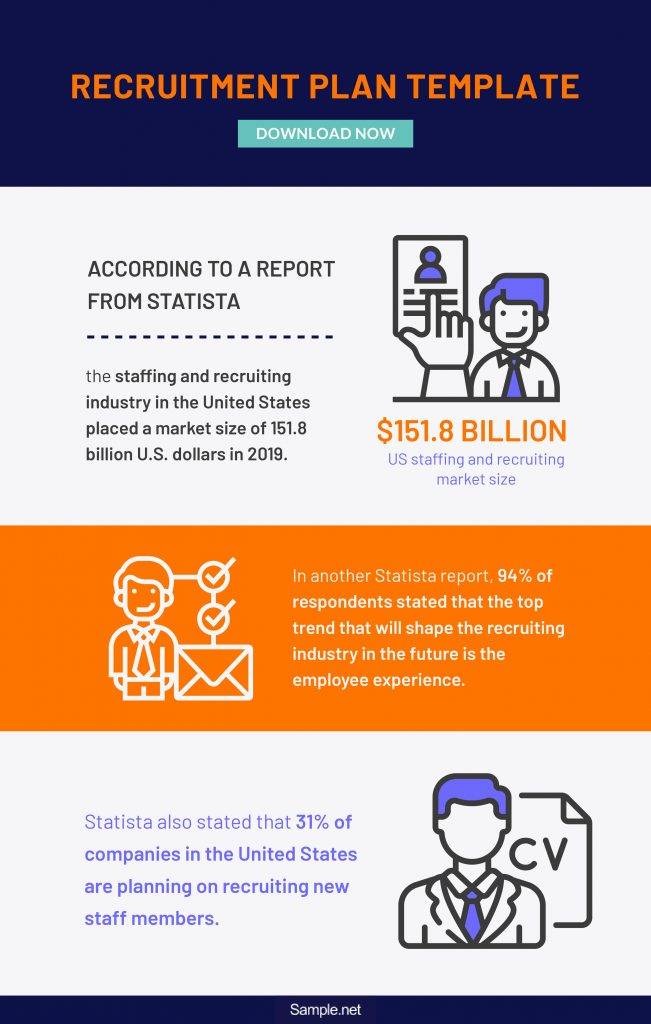
According to a report from Statista, the staffing and recruiting industry in the United States placed a market size of 151.8 billion U.S. dollars in 2019.
In another Statista report, 94 percent of respondents stated that the top trend that will shape the recruiting industry in the future is the employee experience.
Statista also stated that 31 percent of companies in the United States are planning on recruiting new staff members.
What are the Benefits of Using a Recruitment Plan?
Regardless of the nature of your organization, recruiting the best talents is not that simple. That is why most of the companies use a recruitment plan to outline their recruitment processes. A recruitment plan is an essential business document that presents crucial information for a successful hiring process. Using a recruitment plan gives various benefits to an organization. Hence, it is crucial to ensure that it is well-written and should contain the necessary information. Below are some of the most common benefits of a recruitment plan for a business.
How to Make a Recruitment Plan
Getting the best professionals to work on your organization is a tough thing to do. That is why it is important to make sure that your company makes great choices in hiring candidates. By this, there are several necessary things the business owner and its recruitment team should consider, and one of those is an effective and accurate recruitment process. A successful recruitment procedure should be well-planned and well-managed. Hence, having a concrete plan should be a priority. Having a recruitment plan improves the chances of a business to find the right employees that are skillful and professional. To help you create one, here are some easy steps to make an effective recruitment plan.
Step 1: Identify Hiring Needs and Skills Gaps
The first step in making an effective recruitment plan is to identify your company’s hiring needs and determine if there are skills gaps that your employees can’t fill. By doing this, you have to analyze your company’s growth and consider evaluation turnovers of employees and promotions. Doing this is necessary because it has a significant impact on your organization’s recruitment needs. It is also essential to determine the job positions that someone qualified needs to fill in. Evaluate what department or specific positions need strengthening. Learning the skills gaps in your company enables you to take a proactive approach that compliments your hiring needs.
Step 2: Make a Hiring Plan and Recruitment Calendar
Once you have already identified your company’s recruitment needs and the gaps needed to fill in, the next thing you need to do is to start working on a hiring plan and a recruitment calendar. Begin with estimating the number of job vacancies that need to be filled, how each job will be filled, and when they’re needed. If you already have an idea, the next thing you need is to create a recruitment printable calendar that outlines the recruitment information. This calendar should include the positions to hire quarterly and the total headcount for each department. It is also imperative to create a recruitment schedule that highlights the different hiring activities once the recruitment starts.
Step 3: Determine Tools to Execute the Plan
After you finish creating a hiring plan and a recruitment plan, it is now time to determine and list the tools the management will use to bring the plan to life. These tools are helpful because they will allow the recruiting team to organize and streamline the organization’s efforts for hiring. Moreover, they will also automate tasks that are time-consuming, as well as enhance the screening process for employee candidates. There are various recruitment tools that most recruiting teams use, such as applicant tracking systems (ATS), mobile recruiting tools, online job boards, pre-employment assessment and screening tools, video interviewing, and more. Nonetheless, make sure that everyone involved in the recruitment process should have access to the tools you prefer to use.
Step 4: Describe the Requirements for the Position
Now that you already have the plan and tools needed for the recruitment process, the next thing you need to do is to determine and describe the requirements for each vacant job position. You must know the characteristics and skills that the candidates should have to qualify in the position. It is also necessary to understand the roles and responsibilities of the potential candidates that they need to work on once they are hired. By doing this, the recruitment team should analyze the vacant job positions to have an idea of what the requirements are. Nevertheless, make sure that everyone in the team should develop a thorough understanding of this information.
Step 5: Set a Budget for the Recruitment Plan
Lastly, set up a budget for your company’s recruitment costs. Building up a budget for the recruitment process and maintaining it is the responsibility of the human resource department. Consider evaluating your last cost per hire and estimate how much budget you will need in the present. It is also necessary to consider other expenses that may occur during the recruitment process. These expenses may include job fairs, advertising, employer branding, recruitment travel expenses, and more. However, the cost per hire should be as low as possible. Nevertheless, make sure to discuss this detail within the management.
FAQs
What are the two types of recruitment?
There are two types of recruitment that is present in almost every organization, internal and external recruitment. The first one is the internal recruitment which takes place within the business. On the other hand, external recruitment is solicited from outside the organization.
What do you mean by full-cycle recruiting?
Full-cycle recruiting means the entire recruitment process. A human resource professional capable of completing each step of the recruitment process is called a full-cycle recruiter.
What are the common activities in the recruitment process?
There are several common activities that businesses have during their recruitment process. These activities include analyzing every requirement for a specific job, screening and selecting candidates, integrating them into the structure, and many more.
What are the five stages of the recruitment process?
The recruitment process has five stages that may be present in most organizations. These stages include planning, sample strategy development, searching, screening, and evaluation and control. It is important for a business to know these stages to have an effective recruitment process.
What are the common HR recruiting techniques?
It is the duty of the human resource department to generate recruiting methods and techniques to attain professional employees. The commonly used recruiting techniques are recruiting internally, advertising externally, print advertising, and talent search.
Indeed, a recruitment plan is a vital document that organizations should consider having, especially when they are looking for new employees. This document will serve as a sample roadmap towards a more efficient recruitment process. So, if your company is on a lookout for fresh talents, a recruitment plan should be a requirement. It is an essential document that will enhance your organization’s recruitment process and helps to acquire quality employees. However, if you want to have a ready-made recruitment plan, you may check out the sample templates provided above.
